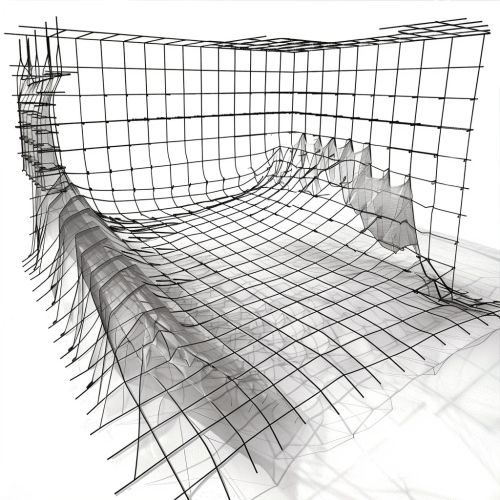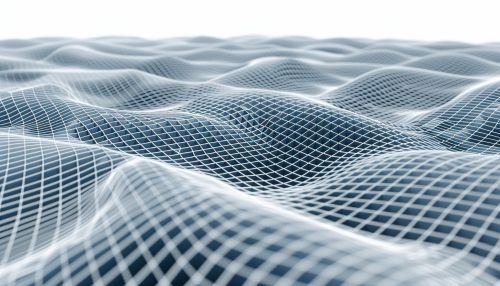Finite Volume Method
Introduction
The Finite Volume Method (FVM) is a method for representing and evaluating partial differential equations in the form of algebraic equationspartial differential equations (PDEs). Similar to the Finite Difference Method (FDM) and the Finite Element Method (FEM), the FVM is a numerical method used in solving field problems of various kinds, most commonly in fluid dynamics, heat transfer, and structural analysis.


Basic Principle
The Finite Volume Method is based on the principle of conservation. It subdivides a large system into smaller, finite volumes and applies the conservation equations to these volumes. The primary advantage of the FVM is its ability to conserve quantities through the control volumes, making it particularly suitable for studies involving fluid flow and heat transfer.
Mathematical Formulation
The mathematical formulation of the Finite Volume Method involves the integral form of the conservation laws. The conservation law in an integral form can be applied to each of the finite volumes, with the fluxes at the surface of each volume playing a crucial role in the equation. The fluxes are calculated as the product of the variable of interest and the normal vector at the surface.
Discretization
The process of discretization in the Finite Volume Method involves dividing the domain into a finite number of control volumes. Each control volume is associated with a computational node where the variable of interest is calculated. The value at each node is assumed to be the average over the control volume. The discretization process is crucial in the FVM as it directly influences the accuracy and stability of the solution.
Solution Procedure
The solution procedure in the Finite Volume Method involves a series of steps starting from the discretization of the physical domain to the solution of the algebraic equations. The steps include grid generation, interpolation, integration over control volumes, and solution of the discretized equations. The solution procedure is iterative and continues until a converged solution is obtained.
Applications
The Finite Volume Method has wide applications in various fields of engineering and science. It is extensively used in computational fluid dynamics, heat transfer, and structural analysis. It is also used in the study of transport phenomena, electromagnetics, radiation, and other physical processes.
Advantages and Disadvantages
The Finite Volume Method offers several advantages over other numerical methods. Its ability to conserve quantities through the control volumes makes it particularly suitable for studies involving fluid flow and heat transfer. However, the FVM also has its disadvantages. The accuracy of the solution is highly dependent on the quality of the grid and the discretization process. Moreover, the FVM can be computationally intensive, especially for large and complex problems.
